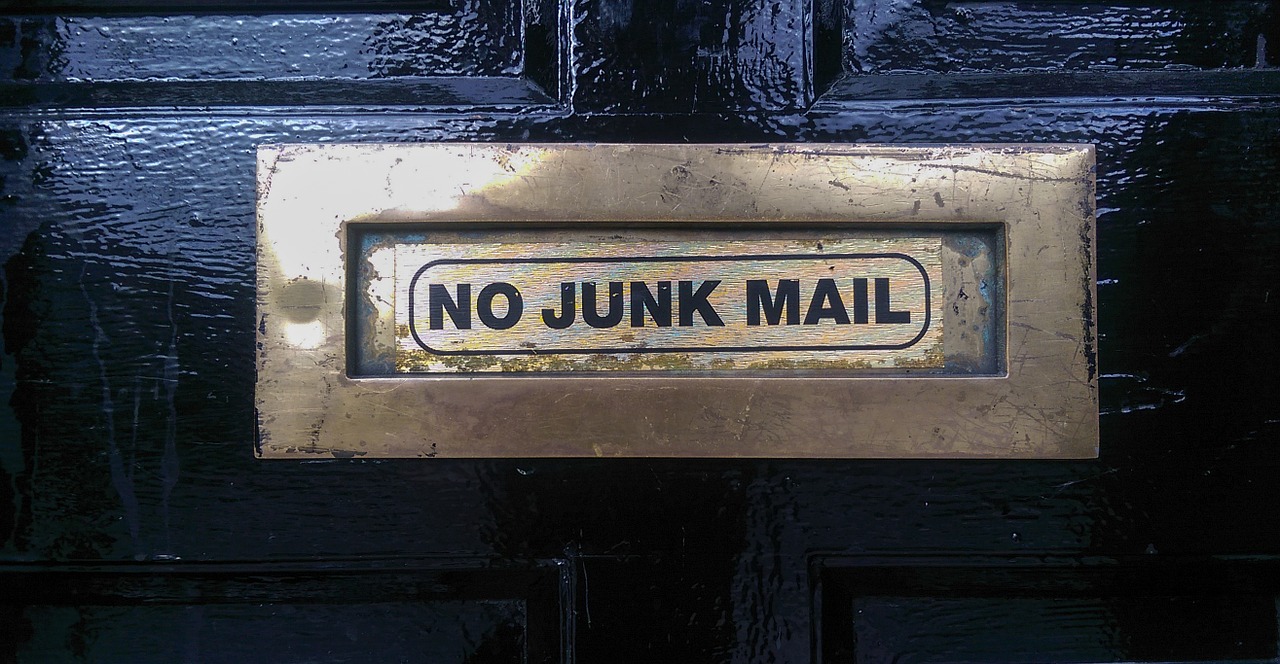The dirtiest word in email marketing, the most irritating word in a business person’s everyday duties and the 4 letter word that gets everyone revved up… SPAM. A threatening word that a great percentage of email users know heaps about, but not quite enough. Identifying dangerous spam emails is key to data protection, especially if you’re dealing with sensitive material such as KYC or KYB reports.
Malicious emails are sent to random email addresses that may have been obtained through third party apps, online platforms such as forums or Facebook groups. Sometimes spam emails sound too good to be true, but on other occasions the strategic choice of words chosen for email subject lines can catch out even the most alert mailbox user.
Protecting yourself from online scams, dangerous email content or shared viruses is what will keep your home or office computer setup at its healthiest and ensure your data is secure. Here are 10 tips to help you identify dangerous spam emails that may land in your inbox.
Check that display name
Spoofing emails is a real thing and cybercriminals will mimic a display name to try and get you hooked. Fraudulent emails may appear in your inbox amidst your regular contact connections; their similar display name may trick you into opening the email, reading its content and possibly following up on their call to action. If something in the email subject makes you double take, just don’t open the mail.
Don’t give them your click
Clicking on spam links may cause sudden or gradual harm to your Windows device so if a link looks odd be sure not to click it. Testing out links may save your personal or company device a lot of malware that can attack your server be it physical or virtual. Testing emails by copying and pasting links into web browsers as opposed to opening a link directly from an unsolicited email may help.
Typos can be fishy
In a world where content is king, legitimate companies won’t hold back on employing top notch content writers who verify all email marketing text before sending to their esteemed clients. Misuse of the English language is not acceptable in modern marketing and therefore typos such as grammar flaws or spelling inaccuracies should act as a warning sign of malicious email content.
What did you call me?
There’s a code of ethics brands need to follow when addressing their clientele, whether it’s in person or by email a certain amount of business etiquette is expected. If you open an email with a vague greeting, there might be something fishy going on. Professional businesses generally address their clients on a first and last name basis to ensure authenticity and customer value.
Keep your data private
Do you remember the saying, ‘don’t talk to strangers’? Well, as much as you obeyed that when you were a child, our digital age requires us to adopt this childhood teaching to our adult life. Sharing your data online is a facilitated way for cyberhakers to steal your credentials for bank cards, logins, contact information and other sensitive material. Real companies would ever ask for your personal data via email.
Don’t let them scare you
Aggressive subject lines from your usually jolly provider? Urgent action claiming your account has been suspended or accessed without authorisation? Hold up, take a step back and evaluate the situation – a common phishing technique of instilling urgency in email readers gets receivers to take immediate action through this scare tactic. Investigate any seemingly urgent issues before sharing any data online.
Who actually emailed you?
Company logos, address details, contact methods, plug-ins and website links are pretty standard in day to day business emails. Knowing who sent out an email is equally important for the hiring company the email is representing as well as for the receiving client who is being urged to take action. Check the email signature, what is the sender’s name, what is their role in the company?
Beware of attached documents
Opening an attached document from a phishing company, no matter how authentic it may look, can contain serious viruses or malware that will eat away at the performance and security of your computer. If you weren’t expecting an email attachment, it’s best you don’t open it – malware can access passwords, camera functions and even damage or delete valuable files.
Is the brand legitimate?
Question the legitimacy of a branded email that happens to land in your inbox randomly. It may look like your usual newsletter subscription but if there are any slight alterations in the company logo, its colour schemes or misplaced words in its slogan or name, you’re probably looking at a spoof brand clawing its way into your network. Brand legitimacy should be verified before serious action takes place.
Seeing is not believing
To be a pro phisher is a terribly hard status to achieve but once you’re up there with the top hackers, the sky’s the limit and phishers become extremely good at what they aim to do. Hiding behind a mask of accurate looking logos, clean text and a legitimate looking email addresses is their best asset in dominating your data.
Living without email is like living without water – platforms like Gmail, Outlook, Hotmail and others have become everyday tools in the daily functions of our life. Whether you’re a teen looking to buy some concert tickets, a stay-at-home parent waiting for an online order confirmation, a business owner chasing down your next big sale or a pensioner signing up to a recreational activity through your community portal; you need an active email address. There’s no saying who hackers will target in their next scheme so keep your eyes peeled and think twice before accepting whatever some email headline is offering.
Want top-notch IT solutions? Explore our comprehensive IT services now and stay ahead in the tech game!

